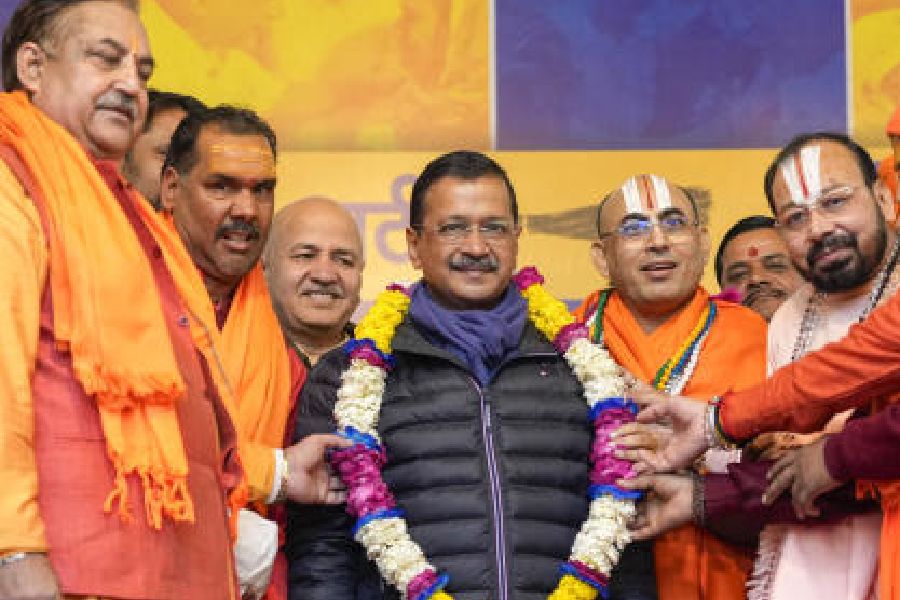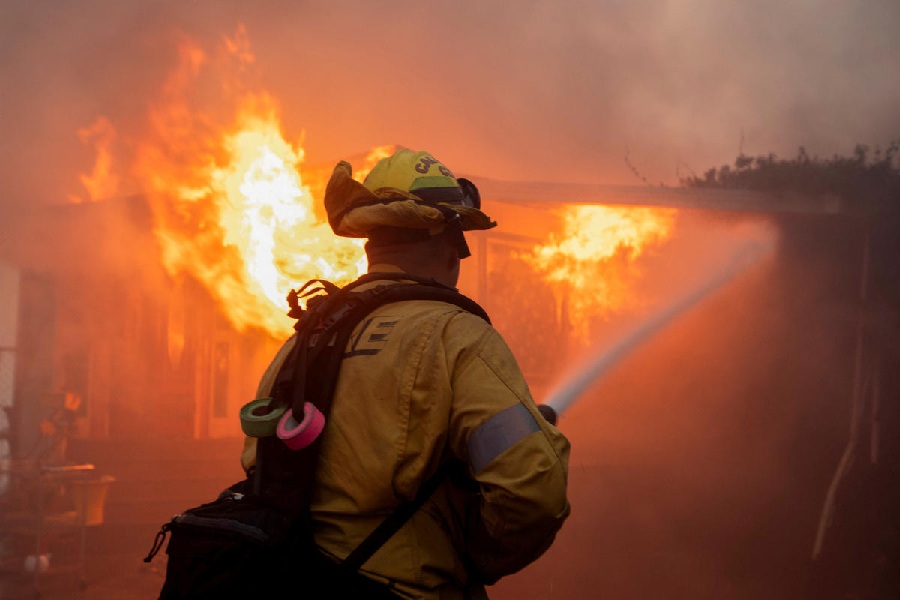A state agency’s report has laid bare the dangerous levels of toxicity in the city’s air, which is defying the trend of falling air pollution level in most Bengal districts.
A report published by the state pollution control board on Tuesday, the eve of World Environment Day, states that the level of the most toxic ultrafine pollutant — PM2.5 — in Calcutta’s air last year was close to double the national permissible limit and more than seven times the limit set by the World Health Organisation (WHO).
The city’s annual average PM2.5 level was 73.6 microgram per cubic metre of air in 2018, compared with the national limit of 40 microgram and WHO’s limit of 10.
The level reached an alarming 198 microgram in January last year.
The level of another ultrafine air pollutant — PM10, slightly less toxic than PM2.5 — was found to be more than twice the national limit last year.
The PM10 level in the city’s air has been increasing since 2015, the report reveals.
The annual average PM10 level in the city was 124.4 microgram last year, up from 114.9 in 2015. The national limit is 60 microgram and the one set by WHO is 25.
Both types of particulates enter the deepest crevices of the lungs and can trigger a host of ailments, including cancer.
The report states that the annual average PM2.5 and PM10 levels fell in all Bengal districts except Darjeeling and Kalimpong.
While Calcutta topped the PM2.5 count in the state, Murshidabad recorded the highest annual PM10 level (147.4 microgram), followed by Burdwan (136.9 microgram) and Nadia (131.8 microgram).
Calcutta stood fourth in the state in the PM10 count.
“Burning of coal in roadside eateries and stalls where clothes are ironed is the key reason for the high PM2.5 content in the city’s air,” pollution control board chairman Kalyan Rudra said.
“We plan to roll out a financial scheme to facilitate the replacement of coal with electricity or gas.”
State environment secretary Indever Pandey described the situation as “scary”.
“The government is concerned about the air quality in greater Calcutta. The city seems to be in the race to overtake the Delhi NCR in air pollution,” Pandey said.
The most dominant particulate in Delhi is PM10. “In Calcutta, it’s PM2.5. That makes the city more vulnerable than the national capital,” an environmentalist said.
Pandey said the state government was hopeful of bringing the environment-friendly compressed natural gas to the city within a year. The gas will replace diesel.
The agricultural department, he said, is working on a subsidy scheme to keep farmers from burning stubble, another cause of air pollution.











